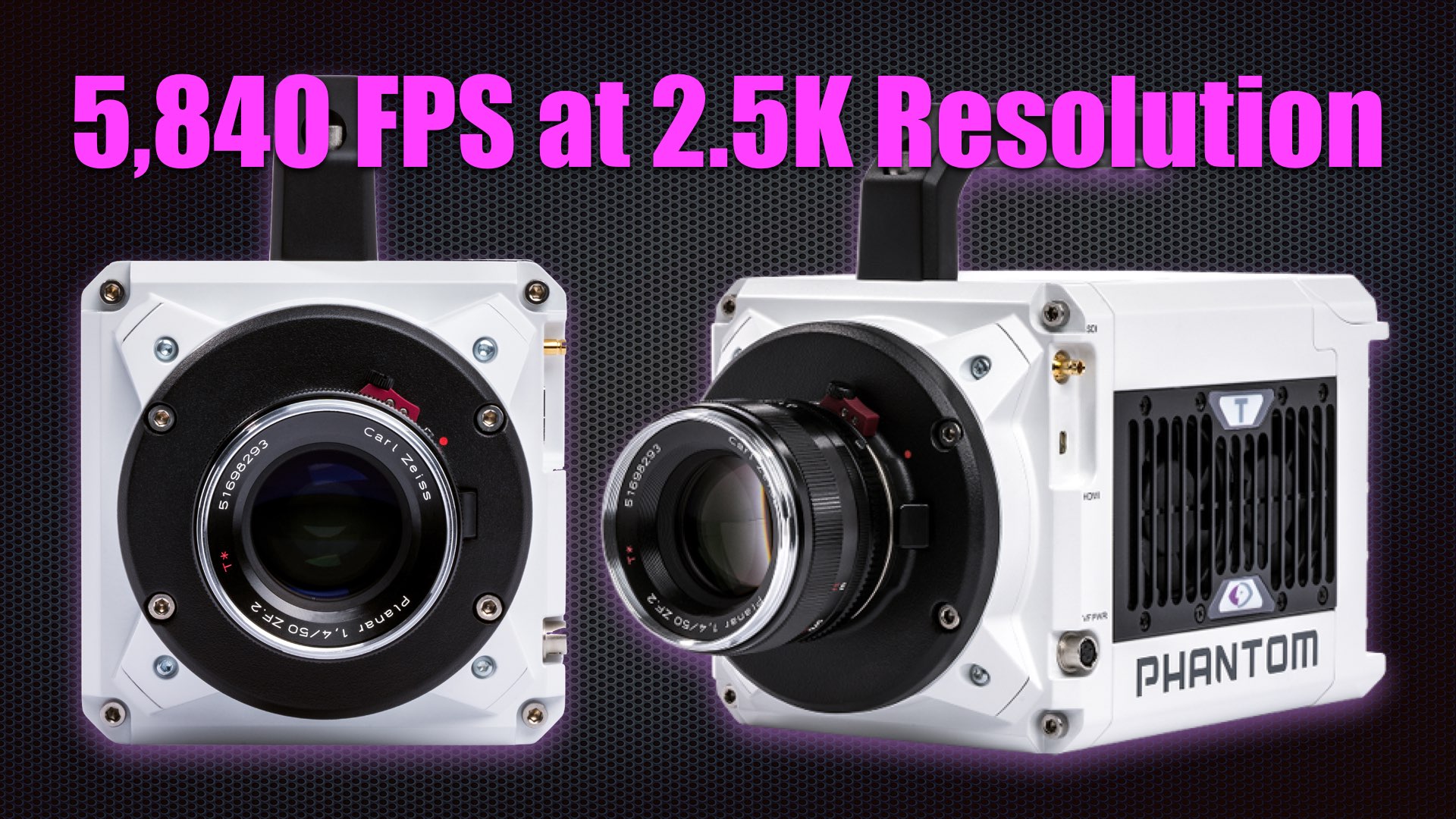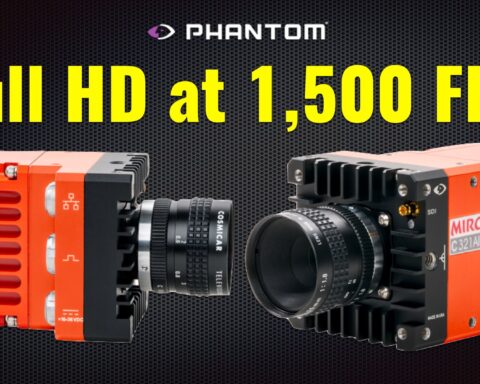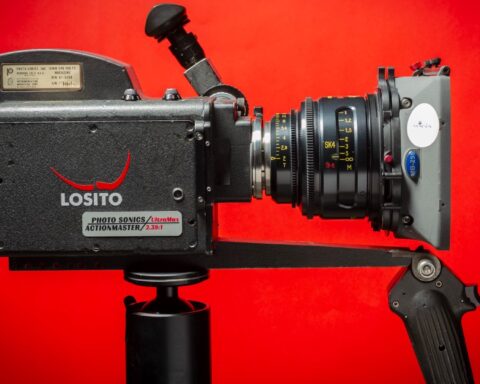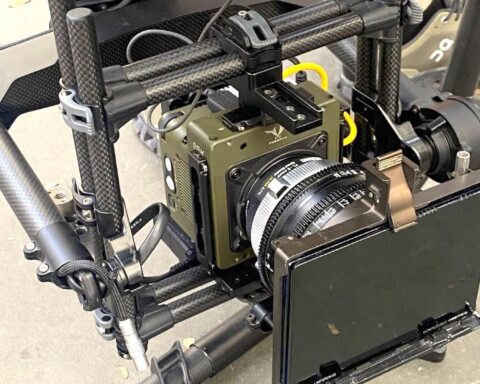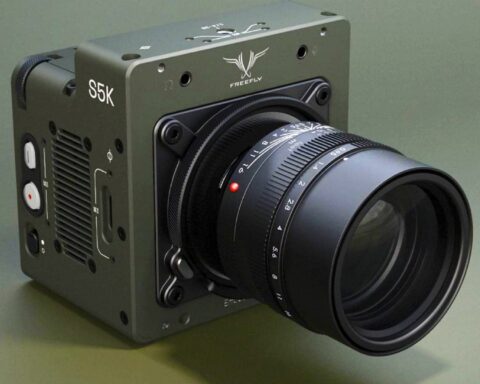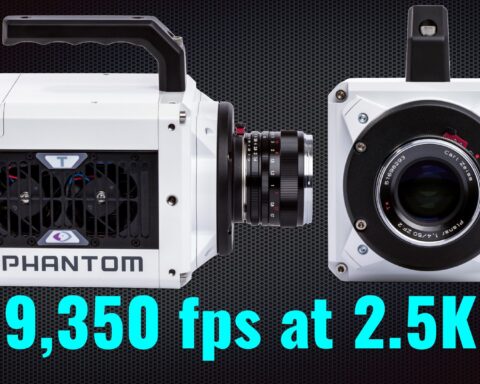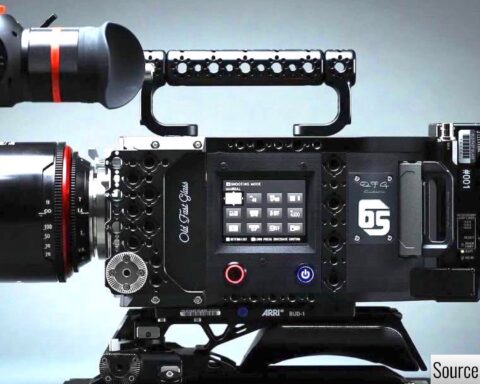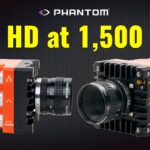Vision Research has announced the PhantomT2540 which is a Super 35 BSI CMOS sensor, 4.2 Mpx high-speed camera at 25Gpx/s throughput. The T2540 is characterized by a compact size and advanced workflow features, that make it ideal for advanced ultra-high-speed capturing in any environment. The T2540 is capable of 5,840 FPS at full resolution (2560 x 1664), and a maximum FPS of 277,770 at a resolution of 2560 x 32.
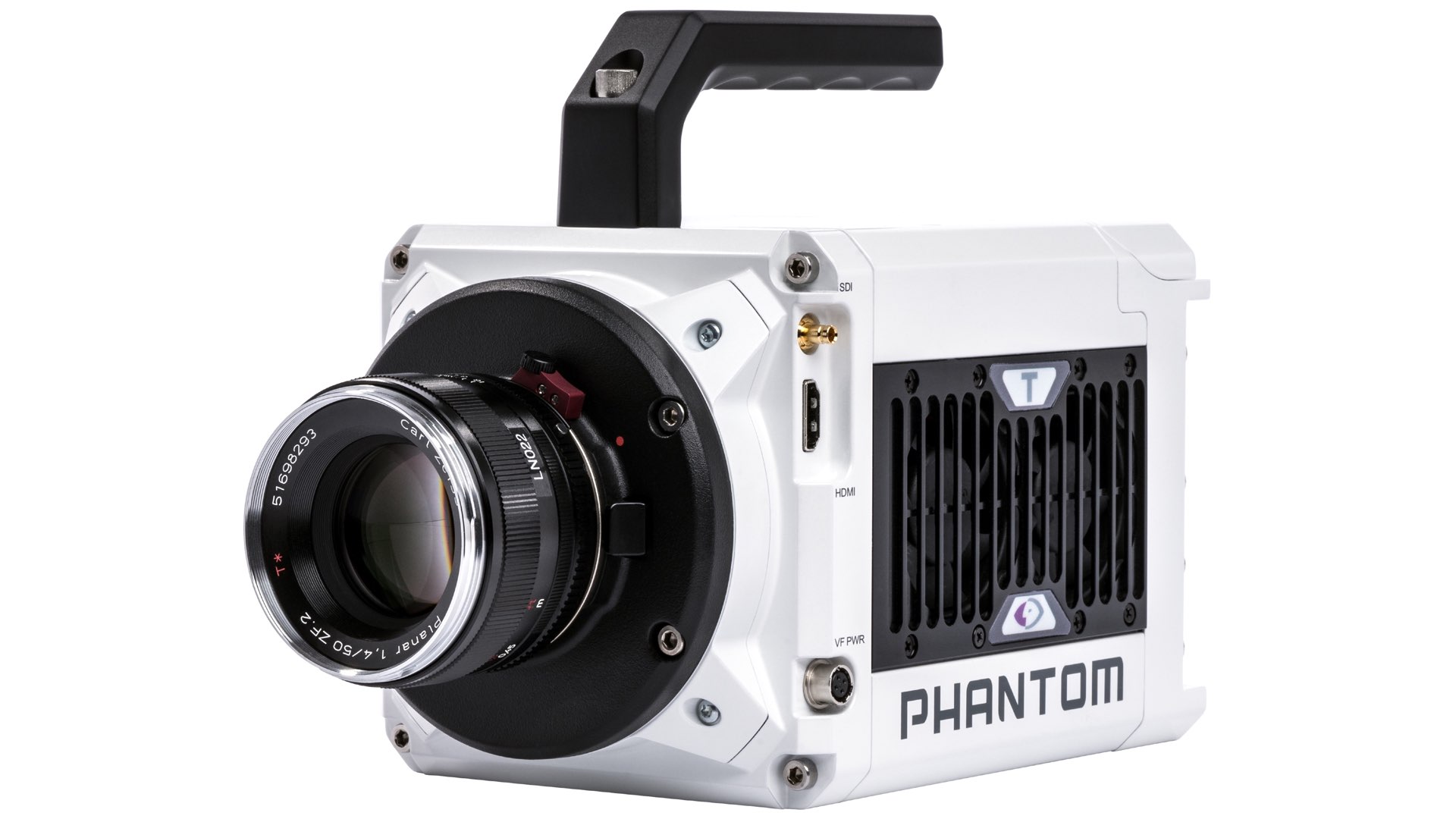
Phantom T2540
The Phantom T2540 is a new addition to Vision Research’s T-Series lineup, offering a reduced frame rate version of the T4040 introduced earlier this year. These cameras incorporate a 4.2 MPX BSI sensor, achieving over 5,800 frames per second (fps) at full resolution and 277,000 fps when reduced. CineMag compatibility is available, providing secure, fast download from RAM as well as direct recording for long-record time applications. Supported features include Binned mode, which combines pixels 2X2 for improved flexibility at 1MPX and below, EDR for flash mitigation, 10Gb Ethernet, and programmable I/O.
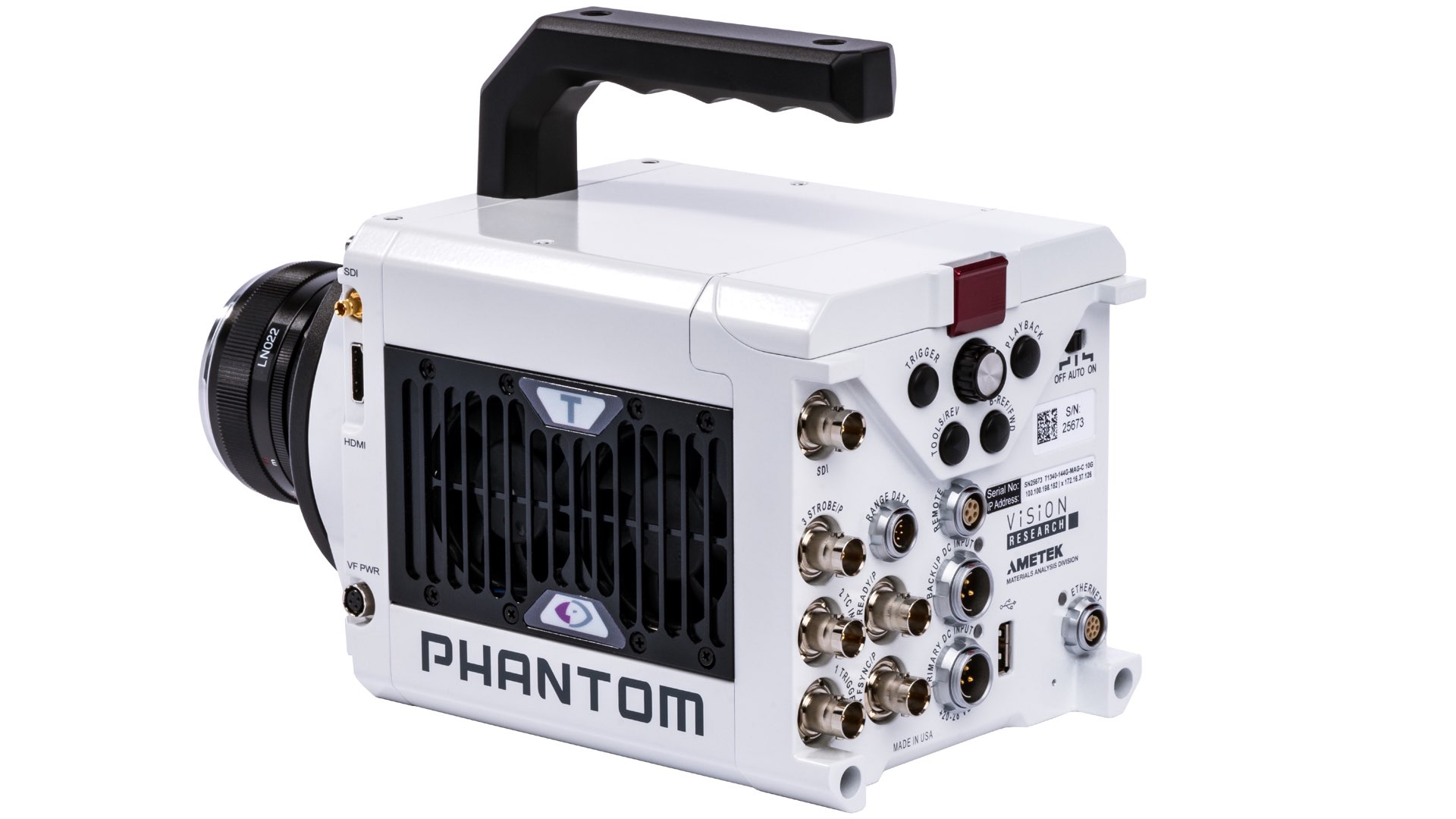
5,840 FPS at 2.5K resolution
The Phantom T2540 delivers the imaging power of the T4040 at 25Gpx/s for 5840 fps at full resolution (2.5K). A peak Quantum Efficiency rating above 90% ensures the sensor’s ability to capture images at low light levels. A major benefit of 4Mpx imaging is increased accuracy for tracking algorithms versus traditional 1Mpx high-speed images. The greater pixel resolution is well suited for techniques like Digital Image Correlation (DIC) and for impact studies, it helps ensure an accurate rendition of particle movement and shape. Resolution and FPS options are 2560 x 1664 at 5,840, 1536 x 1536 at 6,330, 2560 x 1440 at 6,750, 2048 x 1152 at 8,440, 2560 x 256 at 37,590, and 2560 x 32 at 277,770.
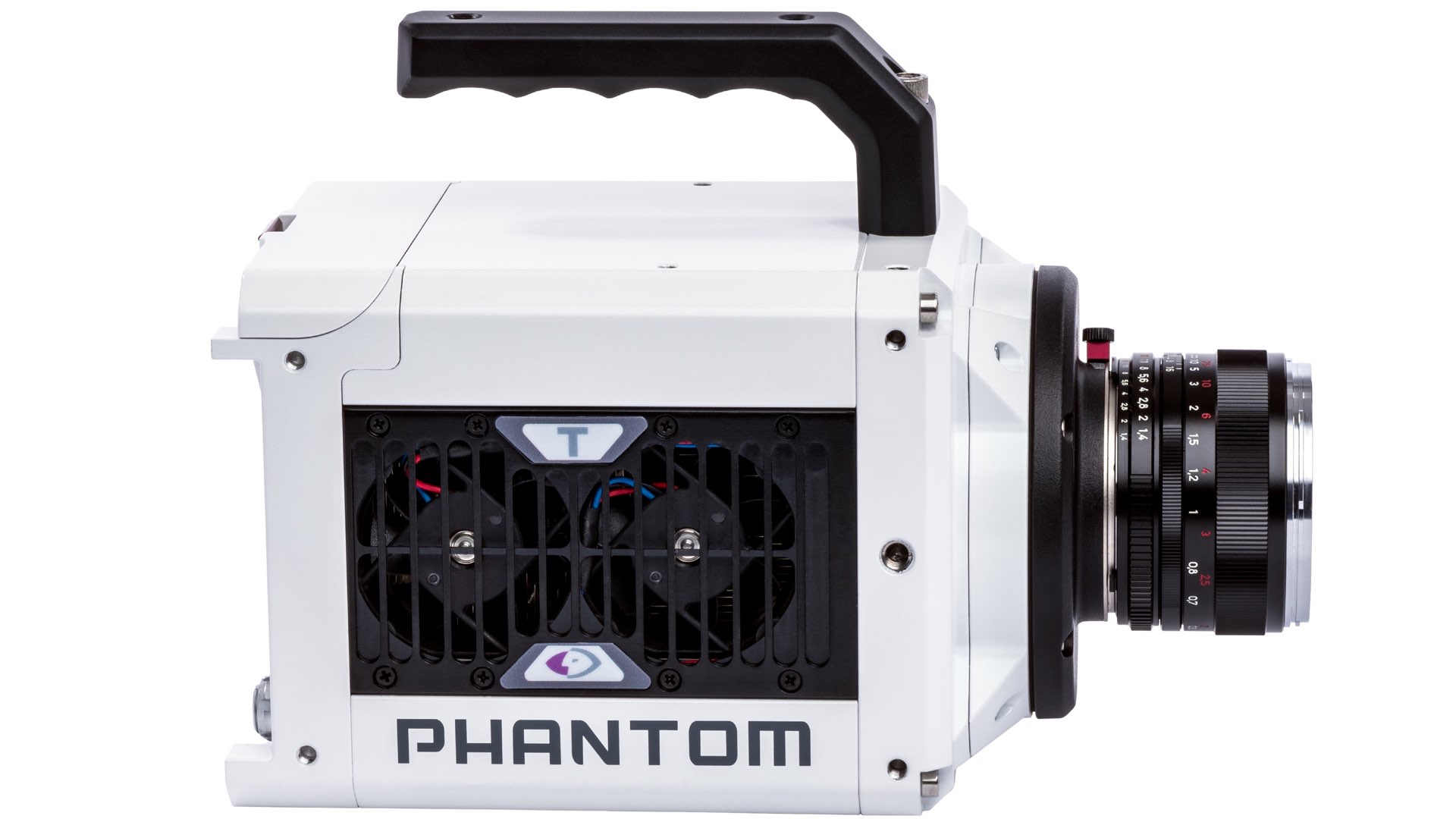
EDR (Extreme Dynamic Range)
The T2540 includes premium features to enable a variety of applications including:
- Binned mode combines pixels to increase the vertical resolution of the camera’s top frame rates at 1MPX and below. Available for color and mono, but the output will switch to mono on a color camera.
- EDR (Extreme Dynamic Range) provides mitigation for bright flashes by dynamically adjusting exposure in saturated areas of the image.
- Programmable I/O to interface with DAQ systems and a variety of measurement sensors, which can be recorded and viewed as metadata in Cine files.
- On-camera controls, video output, and CineMag is available for remote, standalone operation.
Key Features:
- CMOS Back Side Illuminated (BSI) Sensor
- 9.27 µm pixel size
- 23.7 mm x 15.4 mm; 28.2mm diagonal
- 12-bit depth
- Binning Mode – frame rate boost at 1280 x 832 and below
- CineMag Compatibility
- SDI and HDMI video outputs
- Programmable I/O – Assign and define camera signals
- 10Gb Ethernet Included
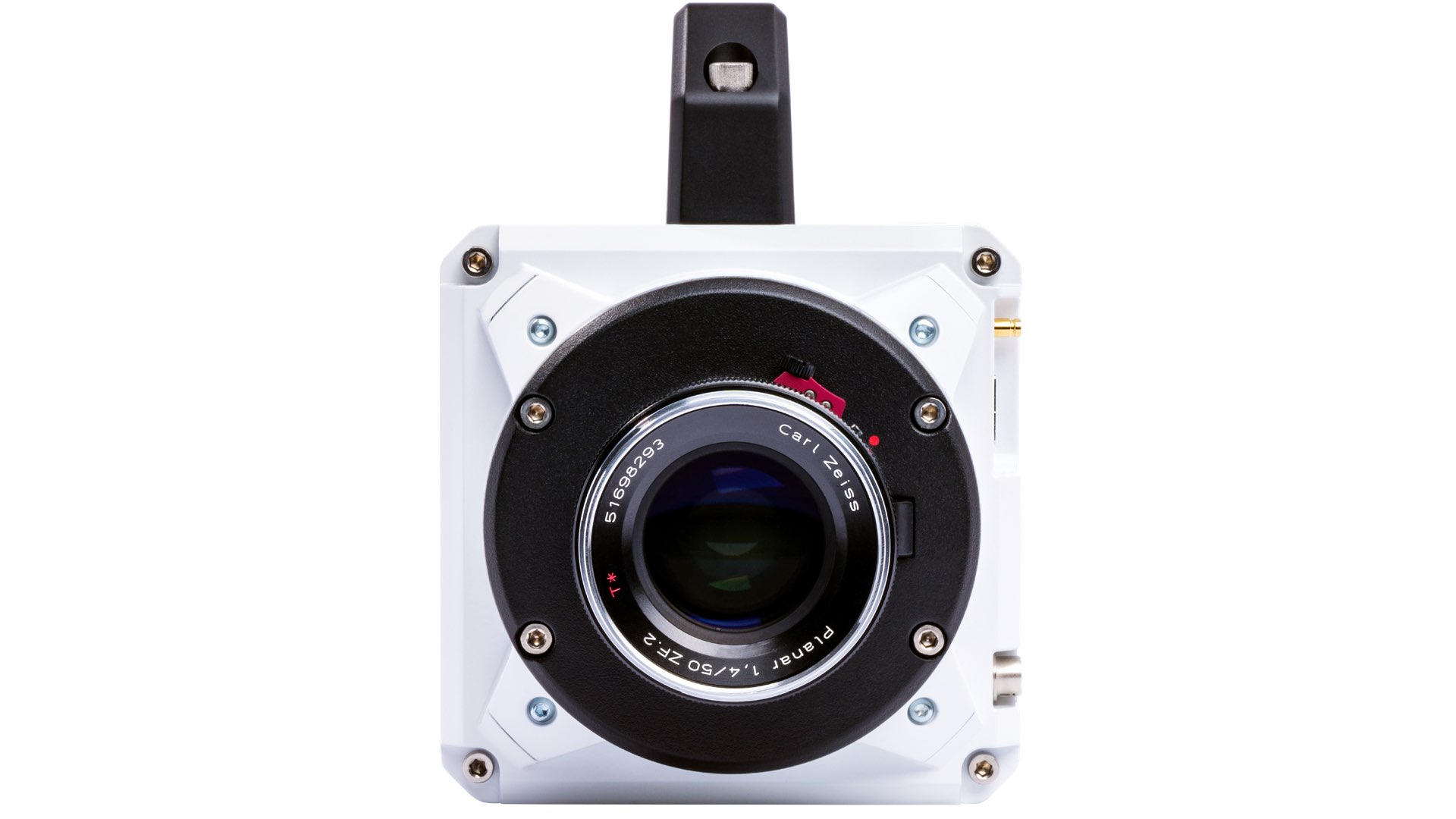
Summary
The Phantom T2540 is another camera in the comprehensive collection of Vision Research. Just to simplify: There’s the T1340 which is capable of shooting ultra-high-speed (3,270 FPS) at full HD resolution (2048 x 1952) and with a global shutter sensor, the VEO Series which are budget-friendly and compact ultra-high-speed cameras, there’s the powerful T2410 that is capable of shooting 24,370 FPS at 1280 x 800, the high resolution (4K) S991, the Phantom T3610 that is characterized by a unique compact design that is 50% lighter and smaller, and it’s capable of shooting 38,040FPS at a maximum resolution of 1280 x 800, and more and more models. Indeed, Vision Research releases new ultra-high-speed cameras like hotcakes (remember the Miro LC320S?). Although these cameras are aimed at scientific applications (read: How Many FPS Needed to Capture a Speeding Bullet?), many filmmakers fall in love with their crazy high-speed capabilities. For instance, the most popular Phantom among filmmakers is the Flex4K, which is being utilized even by indie filmmakers. Phantom cameras are heavily being used by Hollywood productions as well. The most fascinating reference is the Phantom 65 in Michael Bay’s Transformers, which can be defined as the world’s first 65mm digital cinema camera. Furthermore, Phantom cameras are expensive and complicated to operate. In case you are looking for something more forgiving in the ultra-high FPS world, you should be checking Freefly’s Ember high-speed camera. Just as a side note —Freefly is taking a remarkable step into the big league of high-speed cameras by announcing the Ember and the WAVE, however, there’s still a long way to go, since Phantom cameras lead the way regarding image quality for professional use.


